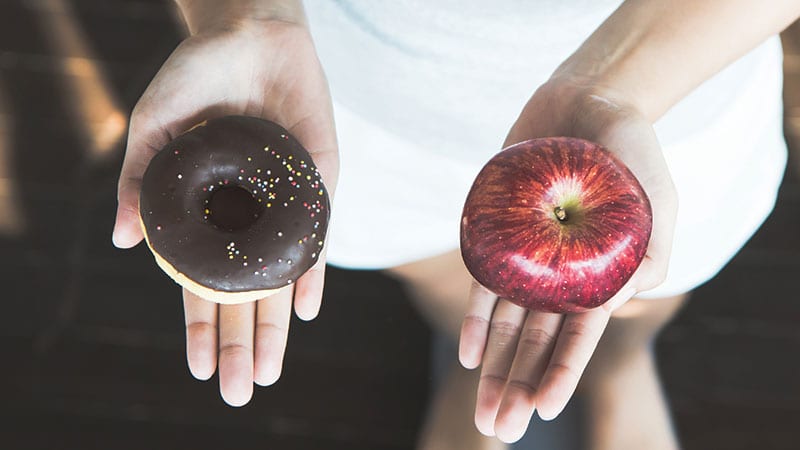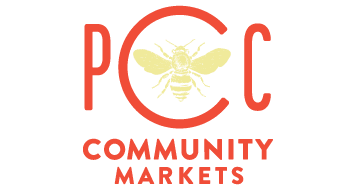New label will identify ultra-processed foods

A new food label identifying ultra-processed foods (UPFs) is in its early stages, with a pilot program launching in the spring and labeled foods planned for later this year. The certification process and label, spearheaded by the Non-GMO Project, seeks a standardized way for shoppers to find healthier packaged foods containing minimally-processed ingredients.
Ultimately, backers hope manufacturers will see that shoppers want healthier options, supporting more and better whole foods on grocery shelves.
Some 70% of products sold in standard American grocery stores are ultra processed, according to recent research, while the non-GMO project’s research showed 85% of consumers would prefer not to eat those foods. More than 80% of those surveyed were interested in knowing about ingredients banned in other countries but still used in the U.S., while only 17% considered themselves knowledgeable on the topic.
“There’s a huge preference for avoiding ultra processed foods,” said Kiira Heymann, director of strategic partnerships for the Non-GMO Project. Even well-informed shoppers, though, can’t always identify them.
The Non-GMO Project, which oversees a well-established and well-regarded label to identify foods free of genetically modified ingredients, announced the initiative in January and is recruiting brands to participate in the pilot. The non-UPF certification is meant to give consumers more transparency about the degree of processing in their food, allowing them informed choices about their health and well-being.
“The Standard American Diet has become one of the leading risk factors for death worldwide, yet navigating today’s food landscape can feel like an impossible task,” said Megan Westgate, founder and CEO of the Non-GMO Project, in a press release. “This isn’t by accident. When tobacco companies acquired major food manufacturers in the 1980s, they deliberately applied their expertise in addiction science to food engineering. The result was a new generation of ultra-processed foods designed with the same precision as cigarettes to trigger cravings and override our body’s natural satiety signals.”
Companies joining the initial pilot include Simple Mills, Amy’s Kitchen, One Mighty Mill and Olyra.
Organizers said they’re seeing a significant shift in consumer demand for greater knowledge about what’s in their food. People are increasingly seeing links between their diet and their overall health – how what they eat affects the brain, gut and metabolism.
How to identify ultra-processed foods
What are ultra-processed foods? This Sound Consumer article goes into full details, but they’re generally understood as foods that cannot be made in home kitchens and that are not obviously related to the whole foods from which they were derived, according to lauded nutrition expert Marion Nestle.
The non-UPF certification is based on this Food Integrity Collective framework. It considers factors like minimal processing and additives, regenerative sourcing, and an absence of genetically modified ingredients.
Nutrition advocates originally hoped the federal government would establish guidelines for ultra-processed foods in the regular five-year update to the Dietary Guidelines for Americans scheduled for 2025. That idea was ultimately dropped, despite a committee recommendation noting that a growing body of research links higher consumption of ultra-processed foods to poor health outcomes. That consumption, research shows, has skyrocketed.
In January 2025, the U.S. Food and Drug Administration (FDA) recommended adding a nutrition information box to the front of food packages that would provide consumers “with standardized, interpretive nutrition information that can help them quickly and easily identify how foods can be part of a healthy diet.” It might, for instance, note if foods contain low, medium or high levels of added sugars, saturated fats and sodium. Comments on the proposal can be made through May 16 here, but it is unclear whether it remains a priority in the current administration. The original proposal was part of the White House National Strategy on Hunger, Nutrition and Health, now a dead link on the government site.
The new non-UPF certification is about food, but it’s also about more. If people start eating food that makes them feel better, and realize how connected what they eat is to their family’s health, “they can scaffold up” and have energy to spend on related issues in their communities and lives.
Labeling ultra-processed foods
Can a label actually make a difference?
Many other countries have added labels identifying ultra-processed foods in recent years. Some studies (though not all) found shoppers changed buying habits as a result, according to Vox.com. Such labels also, the article said, pressure manufacturers to create healthier products. That pressure is part of the non-GMO project’s thinking as well. As Heymann noted, people once told Westgate there was no future for the non-GMO label, that there would never be a functional supply chain of non-GMO foods in North America. They were proved wrong.
“There is still a lot of consumer confusion around how to continue to shop and deal with their values, she said.
The non-UPF label “is our attempt to continue to add value to the system, to try something different, to recognize that certification is one tool towards an end, and see if we can make a difference.“
